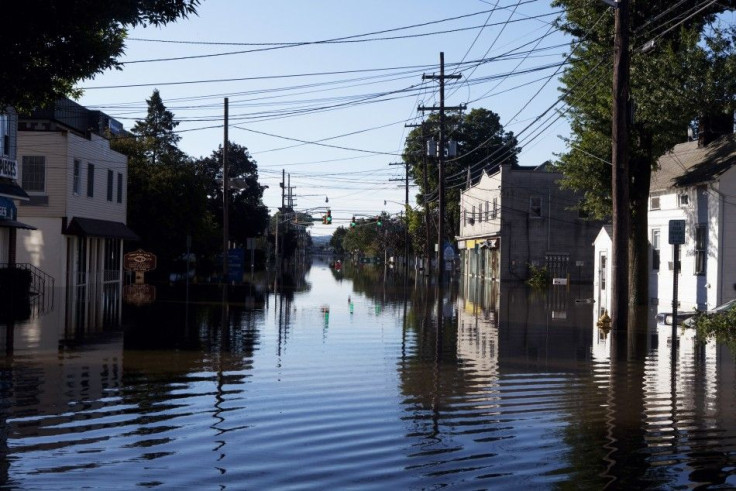5 Things to Know About a Hurricane

Now that Hurricane season is in full force, with Irene making the first strike on the U.S. since Ike in 2008 and Hurricane Katia warming up in the Atlantic late this week, it's time to take a crash course.
Here are five things to know about a hurricane:
1) Storm wind speed gets most of the attention but studies have shown that inland flooding is often where hurricane disaster strikes its most fierce blow in the United States. One need only to look at the impact of historic U.S. storms including Camille and Katrina to understand.
The Mississippi Gulf Coast was wiped out by Hurricane Irene's storm surge, for instance, while New Orleans suffered heavy damage from inland flooding due to storm surge and torrential rainfall.
Another example is Irene. Wind barely did any damage in New York at all, while flooding in Vermont has been catastrophic despite despite the fact that Irene was only a weakened tropical storm when it reached the state.
2) A hurricane is the most severe category of the meteorological phenomenon known as the tropical cyclone. In other words, until winds exceed 74 miles per hour or greater to become categorized as a hurricane, organized storms that contain thunderstorms and rotate in counterclockwise fashion are tropical cyclones.
A tropical cyclone that has winds of less than 38 miles per hour is called a tropical depression. When the tropical cyclone's winds reach 39 miles per hour it is called a tropical storm.
3) Hurricanes are ranked by strength in categories on the Saffir-Simpson scale but history reveals that the category of a storm often does not have correlation to the damage it will inflict. Lower category storms -- Category 1 or Category 2 storms -- can often cause substantial damage depending on a timing, where they strike and other factors including duration and total rainfall.
4) Typical hurricanes are roughly 300 miles wide, though they can vary in size. The overall size of a storm often has more to do with damage than wind speed, since more inland areas can suffer significant impact.
5) The right side of the hurricane is the most dangerous. The right side has the most potency in terms of storm surge when it makes landfall, wind speed, and tornadoes. Hurricane Katrina, for instance, pummelled the Mississippi Coast because it struck the area from the right side.
New Orleans, on the other hand, seemed to be spared from Katrina since it didn't take a right side swipe at impact. It was only after Katrina departed New Orleans that flood waters breached levees, causing catastrophic damage.
© Copyright IBTimes 2025. All rights reserved.





















